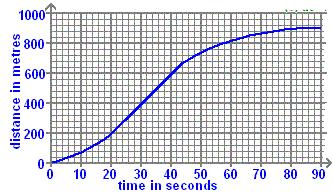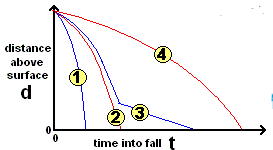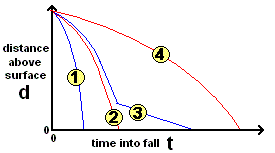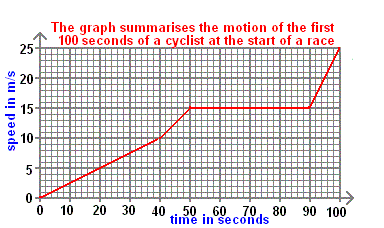Speeding up quiz
15 QuestionsQuiz Description
This quiz will be focusing on acceleration and velocity. In our day-to-day life, we experience cars in motion, when these cars tend to move at a faster rate as their motion proceeds, it is known as speeding up. In the course of taking this quiz, you will learn things like velocity, acceleration, instantaneous speed, and all the laws of motion. GCE, GCSE, and SAT exams are often set from this particular part of Physics as it is Mechanics with Newton's laws. Therefore taking the quiz will help you study and have a better view of speeding up in order to pass your upcoming exams.
Speeding up is the rate of change of velocity with time. In other words, it is defined as acceleration. Speeding up is governed by laws, known as Newton's laws of motion. There are 3 of these laws and they help us in the calculation of velocity, and acceleration when given a problem to solve. These laws can be summarized mathematically as
V^2=U^2+at.................(1)
V2=U^2+2aS ...................(2)
S=Ut+1/2at^2 ..................(3)
For an object in motion; Where V is the final speed of the object, U is the initial speed of the object, a is acceleration, t is the time of motion, and S is the distance covered throughout the motion
Quizzes here are meant to open your mind wider, and these Physics quizzes are very much technical and so require precision, and taking the quiz will help you get that.
Do not forget these are exam standard quizzes with options one to four with only one being correct.
Good Luck!
When a lift is operating, the two main forces are the tension in the cable, from the motor action, and the weight of the lift car and people, due to gravity. Which of the following applies to the situation when the lift is moving down and slowing down? (e.g. as lift reaches bottom)
An athlete completes a 400 m race in 50 seconds. What is the average speed of the athlete?
When a lift is operating, the two main forces are the tension in the cable, from the motor action, and the weight of the lift car and people, due to gravity. Which of the following applies to the situation when the lift is moving upwards and slowing down? (e.g. as lift reaches top)
A cyclist is travelling at an average speed of 5 m/s. How far will the cyclist travel in 10 s?
The graph shows part of an urban car journey in terms of the distance the car has travelled in a certain time. What is the average speed of the car from 40 to 80 seconds?

The graph shows the comparative distance-time behaviour of a 500kg object dropped on the Earth, Jupiter and the Earth's Moon from a height of 20 000m. Some 'drops' may involve the use of a parachute. Which d-t graph line corresponds to dropping the object on Jupiter?

The graph shows the comparative distance-time behaviour of a 500kg object dropped on the Earth, Jupiter and the Earth's Moon from a height of 20 000m. Some 'drops' may involve the use of a parachute. Which d-t graph line corresponds to dropping the object on the Moon with a parachute?





